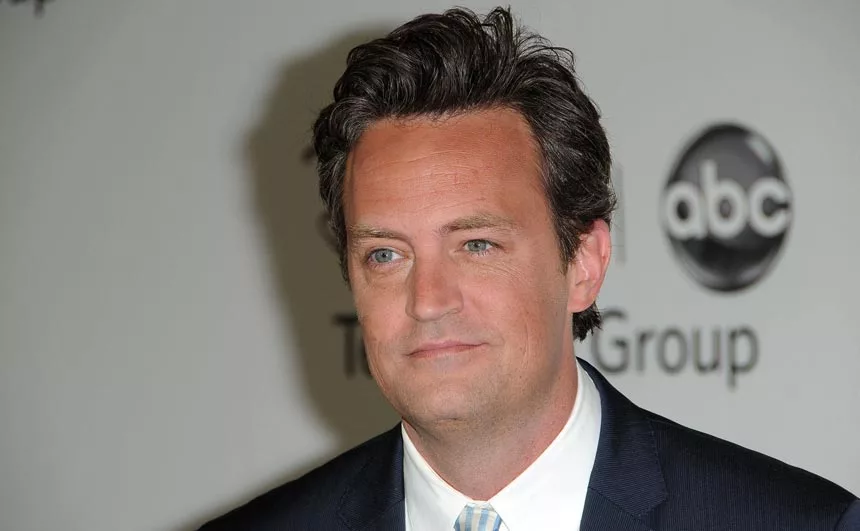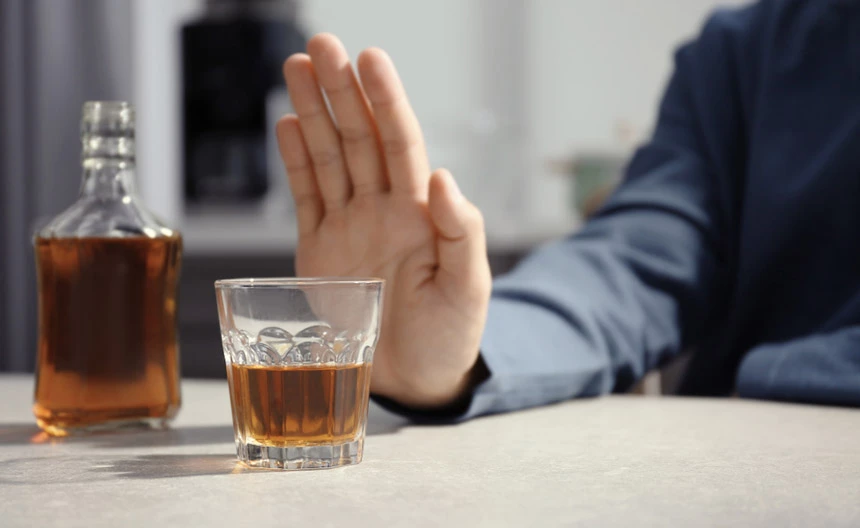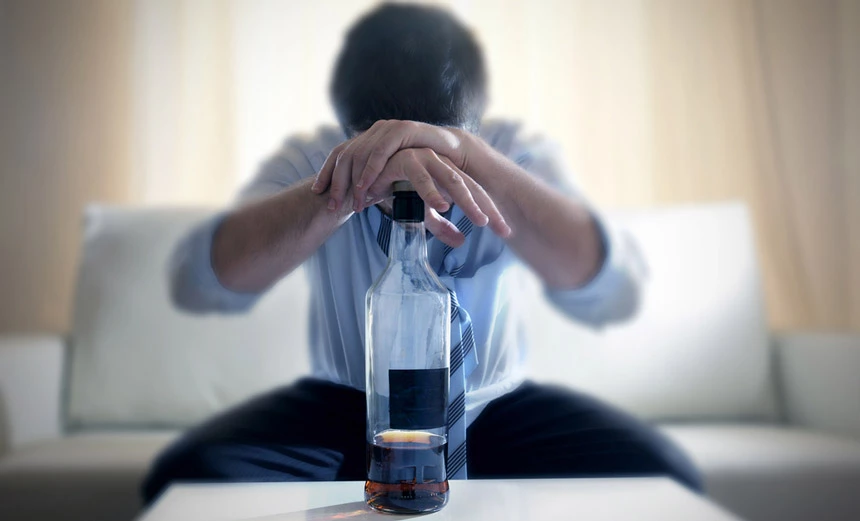Chronic Relapse Doesn’t Mean Rehab Cannot Still be Effective
Table of Contents
- Chronic Relapse Doesn’t Mean Rehab Cannot Still be Effective
- Matthew Perry’s Battle with Addiction
- Perry’s Battle with Alcohol and Opiate Addiction after a Jet Ski Accident
- Matthew Perry: Getting Sober
- Using His Experience to Help Others Struggling with Addiction
- A Hail Mary for Perry to Get Sober
- Understanding Relapse
- Relapse Doesn’t Have to be Part of Addiction Recovery and Treatment
If you’ve made it through the challenging addiction recovery process and are now living a clean and sober life, you’ve got to be proud of yourself. However, most people battling substance use disorder (SUD) often experience the healthy fear of relapsing at some point during the addiction treatment process.
According to the National Institute on Drug Abuse (NIDA), the relapse rate for people recovering from alcoholism is between 50 and 90 percent, while 40 to 60 percent of people battling drug addiction relapse during recovery.
It can be unsettling to think that your hard-won sobriety may not last forever after you’ve fought hard to beat addiction. However, relapsing after sobriety is a reality that affects many people. Relapse is so common that it’s usually considered a normal part of the journey toward long-term recovery.
Keep reading to learn more about Matthew Perry and his journey to sobriety, as well as find rehab options that can help if you or a loved one have a history of relapse!
Addiction Is a Chronic Illness
Drug and alcohol addiction, or SUD, is a chronic disease with relapsing-remitting cycles. People in active recovery are usually in a state of remission, where they experience no signs of addiction. Relapse happens after the symptoms of drug use addiction return.
Relapse doesn’t indicate failure. It can help reinforce coping skills and increase the determination to achieve lifelong recovery. Friends star Matthew Perry’s battle with substance abuse and journey toward recovery is an inspiration to anyone suffering from addiction. This article looks back on his brutal struggles with addiction, which were nearly fatal.
Matthew Perry’s Battle with Addiction

The NBC sitcom Friends made Matthew Perry one of the most actors in the ’90s because of his role as Chandler Bing. The character was perpetually witty, self-loathing, and endearingly naive. Perry struggled with substance abuse despite the popularity of this iconic show, a $1 million per episode salary, and it’s generally funny tone.
Before entering the spotlight, Matthew Perry thought fame and fortune were the ultimate goals, maybe idealizing his future self as a person who craved fame and riches. However, he couldn’t decide what to do with the success that accompanied Friends after he achieved it.
For Perry, the “I’ve made it, I’m pleased, there’s not a care in the world” phase lasted around eight months. Then he realized that fame and money don’t solve any problems and don’t make your life better in any way.
From Tennis Player to Actor
Born to John Bennett Perry and Suzanne Morrison in Williamstown, Massachusetts, Matthew Perry’s parents divorced when he was a child. This led him to live with his mother in Canada until he was 15.
Perry pursued tennis and ranked nationally in Canada until moving to Los Angeles to live with his father as a teenager, where he found himself outmatched on the court. He soon realized that his tennis career wasn’t lucrative and reverted to his backup career as an actor.
Matthew Perry was cast as Chandler Bing on the new NBC sitcom Friends when he was 24 years old, making him the youngest cast member – one who was utterly unprepared for stardom.
The roaring success of Friends offered Matthew Perry many new opportunities. In 1996, he starred alongside Salma Hayek in the romantic comedy “Fools Rush In.” It was at that point that Perry began to buckle under the pressure.
On the first day of filming, he felt overwhelmed and nauseated from carrying the weight of the $24 million movie. Unlike Friends, which was shot in front of a live studio audience, a film set is often a quiet, closed location where the scenes are shot in random order.
Because of his perfectionist tendencies and compulsive personality, Matthew Perry found this process stressful. He used to put in ten hours a day of practice when he was pursuing tennis. He’d also spend multiple hours perfecting his voice answering machine message and refining it based on his friends’ critiques.
Matthew Perry starred in two other films between 1997 and 1999: “Almost Heroes” and “Three to Tango.” In 2000, he starred alongside Bruce Willis in the successful movie “The Whole Nine Yards.”
Later that year, though, Perry began experiencing stomach pains while filming his next movie in Dallas, Texas. He was eventually hospitalized with pancreatitis, a rare inflammation of the pancreas caused by drug and alcohol poisoning.
Perry’s Battle with Alcohol and Opiate Addiction after a Jet Ski Accident
Matthew Perry took his first drink when he was 13, and he continued drinking into adulthood. Although he came off as a hilarious and heartwarming character who always smiled on-screen, Perry constantly faced a downward spiral of alcohol abuse damage and dependence.
His problems with addiction worsened in 1997 when he was prescribed Vicodin after a jet ski accident. Perry told People Magazine in a week’s cover story that although it wasn’t his intention to have a problem with the prescription painkiller, he liked how Vicodin made him feel from the start and wanted to get more. This led to a severe issue with alcohol and pill that Perry couldn’t stop.
Matthew Perry first checked into rehab in 1997 and spent 28 days in a drug rehabilitation facility in Minnesota. But he soon relapsed and reverted to substance abuse, leading to admission to an L.A. hospital for pancreatitis in May 2000.
Perry’s addiction problem was so severe that this scare didn’t serve as a wake-up call. He even crashed his car into an unoccupied house the day he was released from the hospital. The tabloids documented his every misstep, including the two failed attempts in rehab.
The actor was also involved in a short-lived romance with Julia Roberts. Their relationship ended prematurely because of his addiction problems.
Friends Co-stars like Jennifer Aniston Tried to Help
Although Matthew Perry would never drink on the set of Friends, he was often detoxing backstage or dealing with extreme hangovers. At some point, Perry recalls taking 55 Vicodin a day and using different ploys to obtain the drug, such as faking migraines or another type of pain.
Matthew Perry thought he was discreet, but his costars were fully aware of the severity of the problem. Matt LeBlanc, who played Joey Tribbiani, is quoted saying he tried talking to him, but Perry never responded.
Most of the show’s stars, including Jennifer Aniston and Lisa Kudrow, stood aside but were ready to support him once he sought treatment. While Perry admits knowing that Jennifer Aniston and his Friends costars and producers cared, he wasn’t prepared to hear any advice from them. Matt LeBlanc nudged him to get help from addiction with no success. Perry revealed, “You can’t tell anyone to get sober. It has to come from you.”
Matthew Perry: Getting Sober

During his battle with addiction, Perry admitted that he didn’t remember three years of filming the sitcom Friends between seasons three and six when he was deep in addiction. Somehow, he managed to put even more energy into work.
In February 2001, Perry filmed Friends in Los Angeles and the film Serving Sara in Dallas, commuting between the two cities. At the time, he was downing vodka quarts, making him sickly and sleepy at work.
According to his book, Perry writes that on February 23, 2001, things changed. It was just a normal day when he was staying at a hotel in Dallas and decided to contact his parents for help getting sober.
Perry says he didn’t get sober because he chose to but because he was worried he would die the following day. Although Friends and the movie were still in production, Matthew Perry took control and flew back to L.A., where his parents took him to a rehab facility.
Two and a half months into checking into rehab, Perry re-emerged sober and refocused. He went back, finished shooting the film, and returned to the set of Friends, having learned that happy life is possible without drugs or alcohol.
Using His Experience to Help Others Struggling with Addiction
Matthew Perry was on Friends from 1994 to 2004, and it amplified the challenges faced by people battling addiction. Being a public figure, the media highly publicized his alcohol addiction problem and Vicodin habit.
In 2011, Perry went back into rehab as part of his recovery process. He aimed to focus on sobriety and the journey toward lifelong recovery from alcohol and opiate addiction. He later opened a 5,500-square-foot sober living home for men in Malibu in 2013.
Perry later sold this facility in 2015 but has continued being committed to helping people battling addiction. He went on to win the 2015 Phoenix Rising Award for helping people struggling with addiction.
A Hail Mary for Perry to Get Sober
Although Perry has faced health problems since getting sober, he has come a long way from the darkest days in the late 90s and early 2000s. He suffered from a gastrointestinal perforation at 49 years after his colon burst because of overusing opioids like oxycontin.
Doctors told his family that Perry had a 2 percent chance to live. They put him on a thing called an ECMO machine that helps did all the breathing and allows blood circulation, a method referred to as a ‘Hail Mary,’ since most people don’t survive such a procedure for long.
Perry wrote in a new memoir how he had to fight for his life and spent two weeks in a coma and five months in hospital. He also had to use a colostomy bag for nine months. You can’t recover from long-term addiction overnight; it’s a continuous process.
Matthew Perry shares that he has been in and out of rehab about 15 times but continues his acting career, appearing recently in the series “The Odd Couple.” He also wrote and directed the stage play “The End of Longing.”
Understanding Relapse

Most people think that a person’s ordeal is over once they have finished a treatment program. However, maintaining their progress in recovery is an ongoing process. Substance abuse alters the brain by exposing it to chemicals that alter the brain’s performance. Once the brain gets used to the drug, you will experience intense cravings that increase the chance of relapse.
Relapse is a reality for about 40-60% of people recovering from addiction. However, not everyone in recovery experiences relapses. Recognizing the high likelihood of relapse and developing the skills necessary to stay sober is crucial in addiction treatment. People should stick to their recovery plan to avoid relapsing.
What to do After a Relapse
Most relapses occur within the first 90 days of sobriety, which is why most effective treatment plans last for at least three months. There are various steps you may take to get back on track after a relapse, no matter how long your rehabilitation program was or when the relapse happened.
- Don’t lose hope. Check back in with your rehabilitation plan and make any necessary adjustments. Put yourself in the company of positive, supportive individuals who will encourage and help you succeed.
- Resume or continue group and individual therapy. Substance use disorders typically entail intricate patterns of behavior and emotion. In some instances, relapse indicates the need to either return to treatment or try something new.
- Find a treatment program that focuses on helping you develop the tools you need to deal with triggers in a healthy, productive way and avoid a relapse. You can use this to think about the people and places in your social life and whether any adjustments should be made.
- Consider getting Cognitive Behavioral Therapy (CBT). Learn more about the circumstances surrounding your relapse and the steps you may take to alter your negative mindset and behavior.
- It would be best if you went to a 12-step or similar group more often. Consider making it a daily, or perhaps multiple-day, habit. Many people in recovery organizations have experienced relapse and then successfully recovered. They can provide you with much-needed encouragement and motivation during your healing process.
Do your best to find a sponsor or an accountability partner if you don’t already have one. Even if you already have a sponsor, consider getting a new one. A trustworthy sponsor or accountability partner is there for you whenever you need them, day or night, whether to offer encouragement or help in an urgent situation.
Relapse Doesn’t Have to be Part of Addiction Recovery and Treatment
Those trying to break free of their addiction should take extra care to steer clear of anything that can trigger a relapse. To continue recovery after a relapse, you should seek help from trained professionals.
Find Addiction Rehabs offers just such services, with placement at top rehab facilities across the country, right at your fingertips. No matter how many times you may have relapsed in the past, recovery can be found. Do not give up hope, and reach out today for help getting on a sustainable path to sobriety!
Eric R. hails from Maine and does extensive work in the field of behavioral health as both a professional writer and passionate advocate for those suffering. From his own personal encounters with mental illness, he speaks to those seeking healthy relief from depression and anxiety and embraces wellness both personally and professionally. After losing friends and family to the darkness of suicide, Eric aims to educate and inform about the nature of treatment and render it accessible for all those seeking a way out of darkness and despair.

